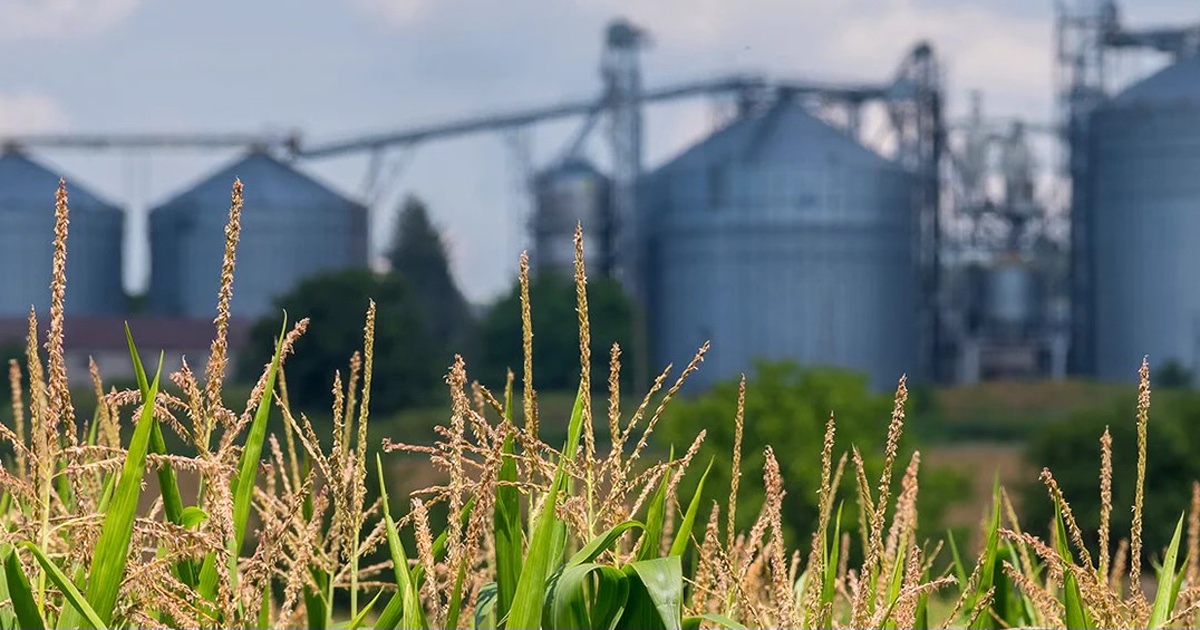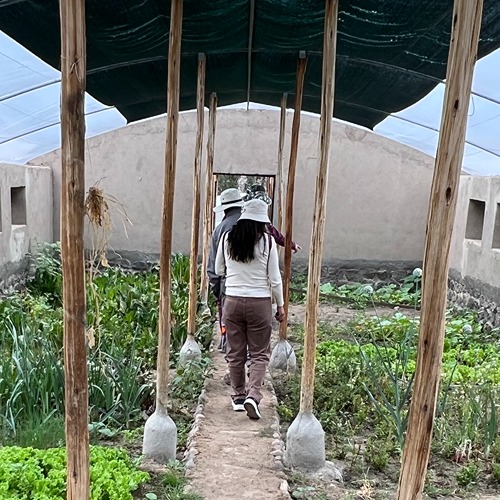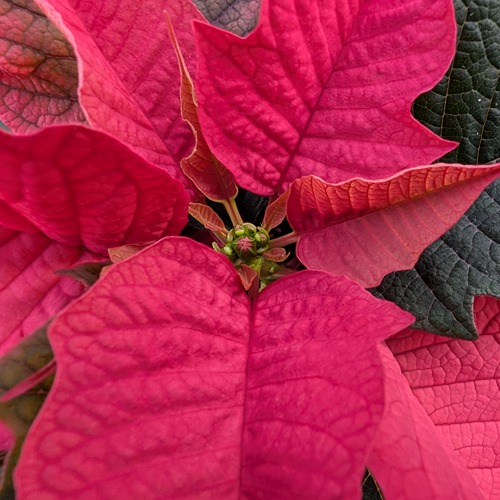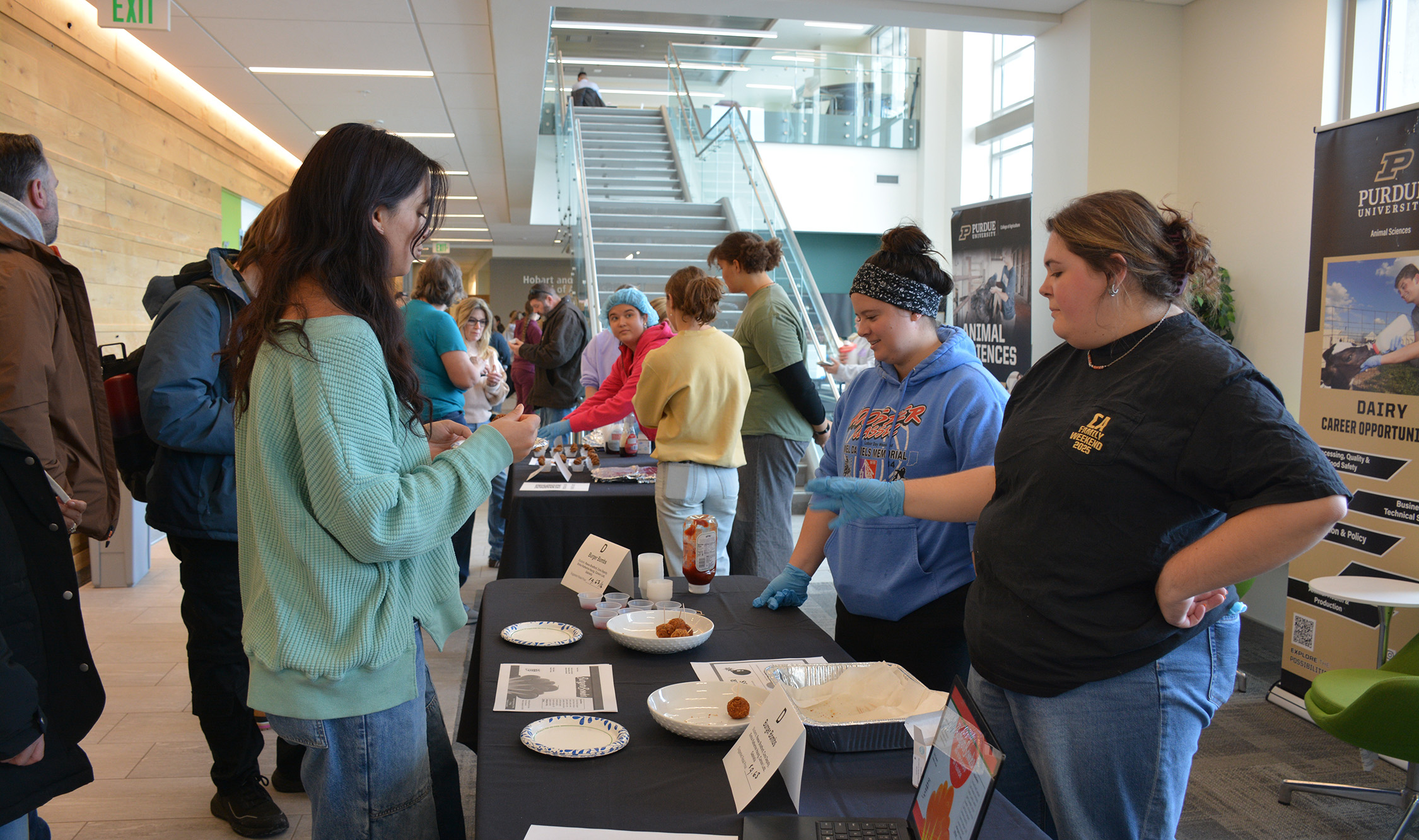Cover crops increase destruction of weed seed in fields, shed light on predator interactions
Cover crops have been promoted for their abilities to reduce erosion and retain or enhance soil nutrients. Now there is evidence that they can significantly reduce weed seeds from entering the soil seed bank.
Crops such as red clover, planted after a main crop’s harvest, often are used to provide cover for insects such as ground beetles that feed on weed seed scattered along the soil surface. Beetles remove the seeds before they are tilled under and become part of the field’s long-term seed bank. Rodents are also important consumers of weed seeds and, like beetles, tend to prefer foraging under the shelter provided by cover.
As a result, in fields planted with cover crops, three to four times more weed seed is eliminated from the combination of beetles and rodents, according to recent research.
While that result wasn’t unexpected, Ian Kaplan, a Purdue University associate professor of entomology, and Carmen Blubaugh, who earned her doctorate at Purdue and is now a postdoctoral research associate at Washington State University, used field experiments to learn a little about how habitat and fear might cause ripples along the food chain and affect seed predation.
Beyond eating weed seeds, rodents also attack seed-feeding beetles, making it a challenge to predict seed consumption rates where both mice and beetles coexist. Each face numerous threats that change their approaches to finding food. On dark nights, for example, rodents might roam open fields. But under a moonlit sky, they are vulnerable to nocturnal predators.
“We know moonlight has this predictable effect on small mammal behavior,” said Blubaugh, whose findings were published in the journal Oecologia. “When the moon is full, small mammals hide under the protection of cover. It helps them avoid predators that fly at night.”
Kaplan and Blubaugh assumed that increasing the amount of light would drive rodents to cover more often, increasing the number of beetles they ate. If that were the case, reducing the beetle population might increase the amount of weed seed left in a field.
In field experiments, they artificially manipulated “moonlight” in fields using lanterns to simulate a full moon. They indeed found fewer beetles under the illuminated cover crops, but instead of reducing the rate of weed seed consumption, the light treatments had no effect.
“This is particularly surprising and interesting since rodents had strong negative effects on beetle densities,” Kaplan said. “Theory predicts that this interaction - called intraguild predation - will disrupt biocontrol, especially when the weaker seed predator (rodents) attacks the more effective predator (beetles).”
In lab tests, exposure to a rodent decreased the movement of beetles, likely their way of becoming less noticeable to the predators. But surprisingly, the beetles ate 50 percent more seeds, despite the risk of being eaten themselves.
“Beetles reduce their movement, but it might just mean that they hunker down on a pile of seeds and use that as a resource instead of hunting around for higher quality food,” Blubaugh said.
Blubaugh expects to continue studying the interactions among animals and insects to understand how they’re affected by fear and risk. She said a study of animal feces could inform how diets change in response to fluctuating risk.
The National Science Foundation and the U.S. Department of Agriculture’s National Institute of Food and Agriculture funded Kaplan and Blubaugh’s research.






